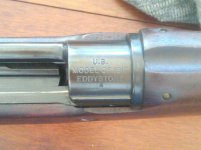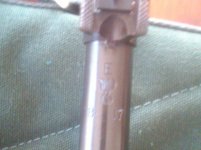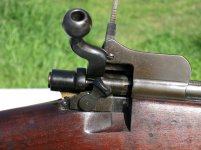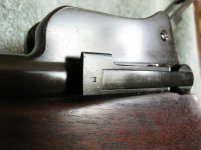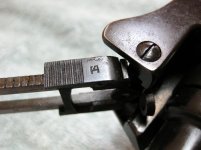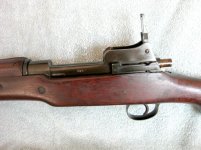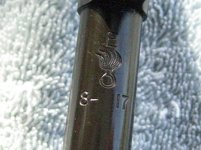Lowcountry Shooter
Inactive
This rifle is blued and is in about 90%+ condition. From what I have been able to find,the Eddystone Model of 1917 was first manufactured in August of 1917 and this division of Remington made close to 1.35 million of these guns. With so many of these guns available, does this low serial number (4th one made at Eddystone) add any significant value to the gun? I was going to use the gun for deer hunting with iron sights but now I just may keep it in the safe. Also, I applogize for the poor photos!

